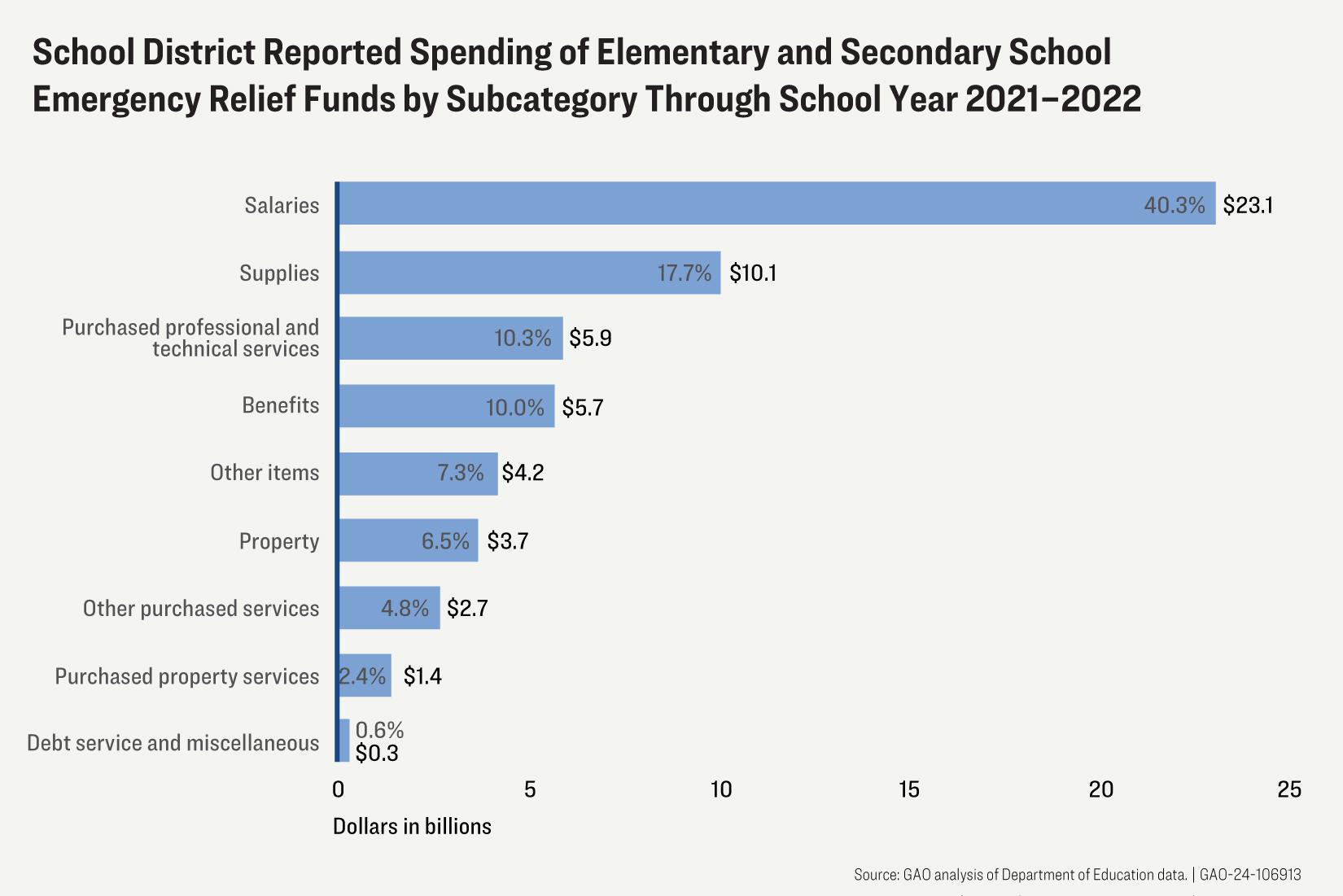Around this time last year, Franklin Central School in upstate New York faced a $1.46 million budget gap and had to make difficult decisions. They could either push for a double-digit tax increase, lay off teachers, or send high school students to a neighboring district.
The state was also dealing with financial issues and had the authority to adjust state aid based on demographics, regardless of short notice. Luckily, Franklin was held harmless, meaning they were released from financial responsibility. Their state aid remained at $4.6 million, accounting for about 56 percent of the district’s 2024 to 2025 budget.
Even with flat state aid, there was a 4 percent tax hike, and $200,000 was used from the district’s reserve fund. While some positions were eliminated through attrition, Franklin also collaborated with neighboring districts to share staff in specific instances. Fortunately, no jobs were lost, and the high school students were not sent away, according to Superintendent Bryan Ayres.
“The hold harmless piece is critical for us,” Ayres told The Epoch Times, emphasizing the importance of community organizations utilizing the school building for events on evenings and weekends. “The loss of a million dollars in state aid would cripple the community.”
Ayres mentioned that during the pandemic, Franklin utilized its federal Elementary and Secondary School Emergency Relief (ESSER) funds, exceeding $1 million, on equipment and services rather than hiring additional staff that couldn’t be sustained once the federal money ran out.
Districts nationwide that used ESSER funds to increase staff and recruit teachers during the pandemic are now facing a financial cliff, without the protection Franklin received. ESSER funding, amounting to $190 billion over three years, expired in September.
States exercised oversight on ESSER spending, denying requests such as the New York state district’s community center proposal and athletic facility upgrades in Florida, Texas, Michigan, and Pennsylvania. However, New York and Texas used ESSER funds to “replace lost state funding and maintain basic operations,” the report revealed.
Education researcher Chad Aldeman pointed out that large urban districts with high poverty rates received the most significant share of ESSER grants.

Aldeman’s estimates suggest that by summer 2026, approximately 129,000 teaching positions could be eliminated. His calculations are based on the student–teacher ratios that dropped between the 2018 to 2019 and 2023 to 2024 academic years due to the hiring of more teachers with ESSER funds. He compiled a spreadsheet detailing staffing levels in thousands of districts, showing the need to cut positions to return to pre-pandemic levels. For instance, Miami-Dade in Florida would need to cut 794 positions; San Francisco 647; Omaha, Nebraska, 290; and Hempstead in Nassau County, New York, 62.
“This has happened before,” Aldeman told The Epoch Times. “During the Great Recession, schools shed 364,000 jobs. It was a big decline in the public sector.”
Overall, Washington state school districts spent $497 million over three years on additional teachers and other staff.

Students leave Thurgood Marshall Elementary school after the Seattle public school system was abruptly closed due to the pandemic in Seattle on March 11, 2020.
The author of the paper, Dan Goldhaber, warned that districts may face significant layoffs if they cannot manage reductions through attrition. Several large school districts, such as those in Houston, San Diego, Anaheim, Hartford, Seattle, and Cleveland, already experienced deficits and job cuts at the end of the previous academic year.
In Michigan, a report from the Citizens Research Council of Michigan highlighted that public schools would need to cut 5,100 teaching positions to avoid budget deficits and return to pre-pandemic staffing levels. This is despite the $3.7 billion in ESSER funds received by K-12 districts in the state. The report identified Detroit and Ann Arbor among the districts at the highest risk for teacher layoffs due to declining enrollment.
With the end of ESSER funding, many districts are facing tough staffing decisions. For example, Memphis-Shelby County Schools in Tennessee cut 1,100 positions to save $68 million, with some jobs tied to ESSER funds. Similarly, the Buffalo City School District in New York had to cut 226 positions after adding 400 employees between 2021 and 2023.
Some districts, like the Midland Community School District in Iowa, were able to manage their budgets more effectively by using federal COVID-19 relief funds for specific purposes such as air purifiers and cleaning supplies. Superintendent John Zimmerman emphasized the importance of being mindful with one-time funds to avoid future layoffs.
Overall, the impact of the end of ESSER funds varies across different school districts, with some facing significant layoffs while others manage to navigate the budget challenges more effectively. In the upcoming budget, there is a possibility of further reductions in some curriculums, summer programs, and teacher training programs. This decision comes as a result of previous cuts that have already been made in these areas. Haas, speaking to The Epoch Times, expressed concern about the impact of these reductions, especially on students who are still trying to catch up from the disruptions caused by the pandemic closures.
School districts nationwide have allocated funds over the past three years for various expenses, including student laptops, broadband upgrades, teacher incentives, new sports facilities in certain states, and other significant infrastructure projects.
Aldeman noted that the flexibility provided by Congress allowed districts to fulfill their long-standing wish lists with the ESSER funds. However, he anticipates that layoffs will occur towards the end of the current academic year and into the following year. Typically, newer faculty members are the first to be let go due to contractual agreements with teacher unions. In order to save costs, districts may implement hiring freezes, cut back on after-school and summer programs, reduce curriculum and technology investments, and explore collaborative services with neighboring districts.
Aldeman also highlighted the challenge of communicating to staff that their positions are tied to ESSER funds, making it a difficult period for school districts. The article includes an image of an empty outdoor recreation area in a Los Angeles public school, emphasizing the impact of potential hiring freezes on educational institutions. Could you please rewrite this sentence for me?
Source link





